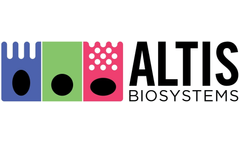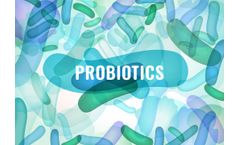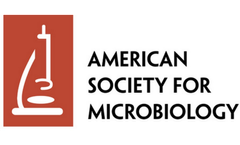Intestinal Epithelial Articles & Analysis
16 articles found
Four key strains illustrate this critical differentiation: (1) L. acidophilus NCFM possesses a complete exopolysaccharide biosynthesis locus and exhibits moderate hydrophobicity, making it particularly suitable for epithelial barrier studies and immunomodulation research. Its genomic architecture enables robust interaction with intestinal ...
Background of Caco-2 Cells Caco-2 cells are derived from human colorectal carcinoma and possess characteristics that mimic intestinal epithelial cells. When cultured, these cells form a monolayer that exhibits tight junctions and microvilli, allowing researchers to study the transport and permeability of substances across a cellular barrier. The use of Caco-2 ...
Types of In Vitro Permeability Assays Various methods are employed in in vitro permeability assays, each suited for different purposes: Caco-2 Cell Model: This assay uses human intestinal epithelial cells, which mimic the intestinal barrier. The permeability of compounds is evaluated by measuring the transport across this cell monolayer, ...
Intestinal flora regulates intestinal barrier function The intestinal mucosal barrier not only helps to absorb water and essential nutrients, but also prevents the entry of harmful substances. The intestinal epithelial layer consists of absorptive intestinal epithelial cells, cup ...
Cytokines in Inflammatory Bowel Disease (IBD) IBD, chronic gastrointestinal inflammation encompassing Crohn's disease (CD) and ulcerative colitis (UC), results from imbalanced interactions between mononuclear phagocytes, Foxp3+ Treg cells, B cells, and cytokines from intestinal epithelial cells (IECs) and immune cells. STAT3-induced cytokines like IL-22, IL-6, ...
Lactase is a disaccharidase present on the surface of mammalian small intestinal mucosal microvilli, and many beneficial intestinal bacteria have the ability to produce lactase. ...
When we talk about intestinal bacteria or dietary fiber, we often hear about "short-chain fatty acids". ...
The large intestine is composed of intestinal epithelial cells (IECs), which form an intestinal barrier between the microbiota in the intestinal lumen and surrounding tissues. ...
Both current in vitro and in vivo models used in the development of candidate therapies for the treatment of intestinal diseases have severe limitations. RepliGut®, an in vitro human intestinal epithelial stem cell model, addresses many of these issues and has significant potential to reduce the time and cost of drug development. ...
Probiotics are beneficial to the health of the host, and can help inhibit intestinal pathogens, reduce lactose intolerance, and improve constipation. ...
Probiotics can reduce the risk of liver cancer by regulating the host intestinal flora to prevent endotoxemia associated with dysbacteriosis, maintaining the intestinal epithelial barrier function, and inhibiting the translocation of intestinal bacteria and their derivatives into the body circulation. ...
Caco-2 cells do not accurately reflect the physiology of small intestinal epithelial cells, as they do not express the same receptors and transporters, which may be important in modeling small intestinal inflammation. ...
Human intestinal stem cells, by contrast, are already epigenetically modified to limit them to a range of differentiated types but are then free to form the appropriate diversity of intestinal epithelial cell types. As such, the Altis system uses primary human stem cells to generate a platform that mimics real human intestinal ...
Understanding the direct and indirect interactions between intestinal and colonic epithelial cells and gut microbes could enable more effective drug development. ...
Abstract We previously generated 32 rotavirus-specific (RV-specific) recombinant monoclonal antibodies (mAbs) derived from B cells isolated from human intestinal resections. Twenty-four of these mAbs were specific for the VP8* fragment of RV VP4, and most (20 of 24) were non-neutralizing when tested in the conventional MA104 cell–based assay. We reexamined the ability of ...
Selected phenotypic characteristics that were compared between ATCC 33323 and other human L. gasseri strains included carbohydrate fermentation patterns, growth and survival in bile, oxalate degradation, and adhesion to intestinal epithelial cells, in vitro. The results from this study indicated high intraspecies variability from a genome encoding traits ...








